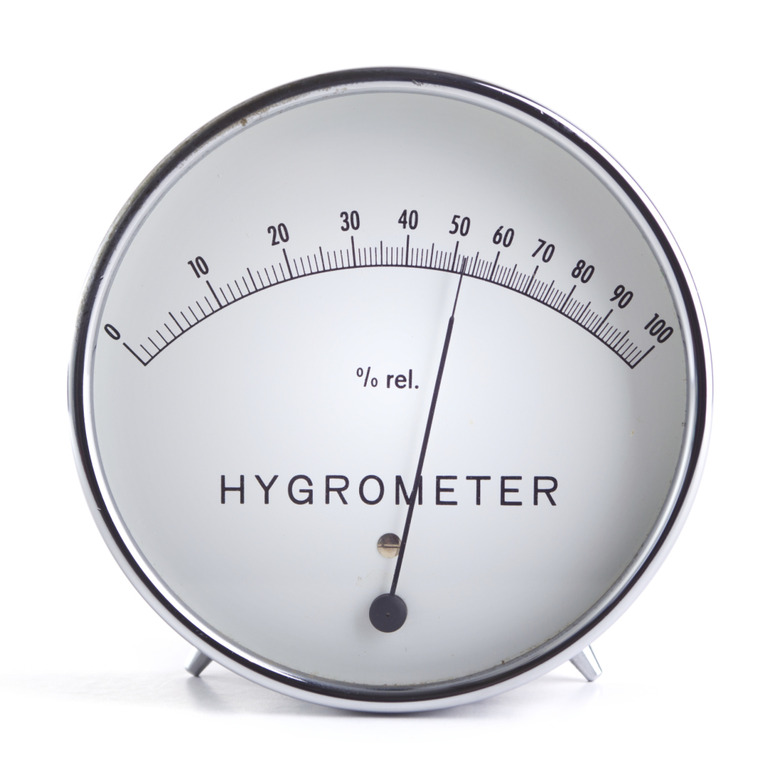How Does Water Enter The Earth's Atmosphere?
Earth's water is constantly transitioning through the hydrologic cycle. Several natural processes cause water to change states from solid to liquid to gas. When water becomes a gas, it enters the atmosphere in one of three different ways.
Evaporation
Evaporation
When water is heated to its boiling point, it becomes water vapor and enters the atmosphere. Energy from the sun causes water to warm and evaporate. A large amount of the water in clouds in the atmosphere comes from water that evaporated from the ocean and eventually condensed in the upper atmosphere. However, water can evaporate from soil and other surfaces as well.
Transpiration
Transpiration
About 10% of the water in the atmosphere is the result of transpiration, a process in which water vapor is released by plant leaves, according to the U.S. Geological Survey. Plant roots draw water from the soil. Some of this water is released into the atmosphere as vapor when small openings in the leaves, called stomata, open during photosynthesis.
Sublimation
Sublimation
Sublimation involves the transition of water from its solid state directly into its gaseous state, without a liquid phase in between. Ice typically changes directly into water vapor at high altitudes, where humidity is relatively low, dry winds are present and sunshine is abundant.
Cite This Article
MLA
Cairoli, Sarah. "How Does Water Enter The Earth's Atmosphere?" sciencing.com, https://www.sciencing.com/water-enter-earths-atmosphere-5166455/. 24 April 2017.
APA
Cairoli, Sarah. (2017, April 24). How Does Water Enter The Earth's Atmosphere?. sciencing.com. Retrieved from https://www.sciencing.com/water-enter-earths-atmosphere-5166455/
Chicago
Cairoli, Sarah. How Does Water Enter The Earth's Atmosphere? last modified March 24, 2022. https://www.sciencing.com/water-enter-earths-atmosphere-5166455/
